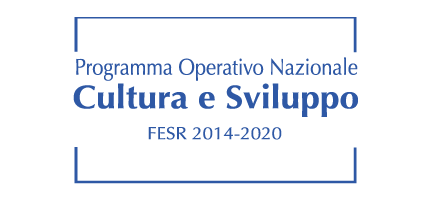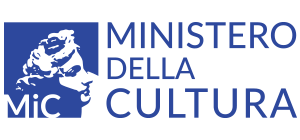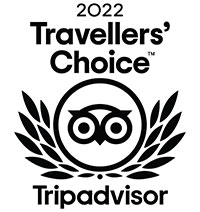Cultural policy and scientific activity of the MArTA
THE MArTA MUSEUM
Research is the core activity of the National Archaeological Museum of Taranto. It focuses on archaeometric studies and analyses that are performed on the items in the Museum’s collections by means of non-invasive methods and techniques. The results of the research work are disseminated by various means including also temporary exhibitions that are addressed not only to the scientific world, but also to the public of the Museum, in the effort to ensure the widest possible dissemination of knowledge.
In order to do this in the best possible way, numerous forms of collaborations have been initiated with other Italian and foreign museums, universities and cultural institutions, which offer students the opportunity to enrich their education by engaging in specific internship projects.
The Museum’s scientific staff, assisted by external collaborators, is currently cataloguing and making a new inventory of all the items in the warehouses, which preserve contexts and materials of enormous interest and which may one day be put on display for the public. This initiative, along with the integration and reorganization of the exhibition itinerary, is part of the endeavours that come under the MArTA 3.0 project, funded by the 2014-2020 NOP.
The MArTA has a restoration laboratory that not only implements a painstaking policy for monitoring the collections, but, on special occasions, it meets the visitors of the Museum and offers them a professional description of the prevention, maintenance and restoration techniques and procedures that ensure the preservation of the rich heritage of the Museum.
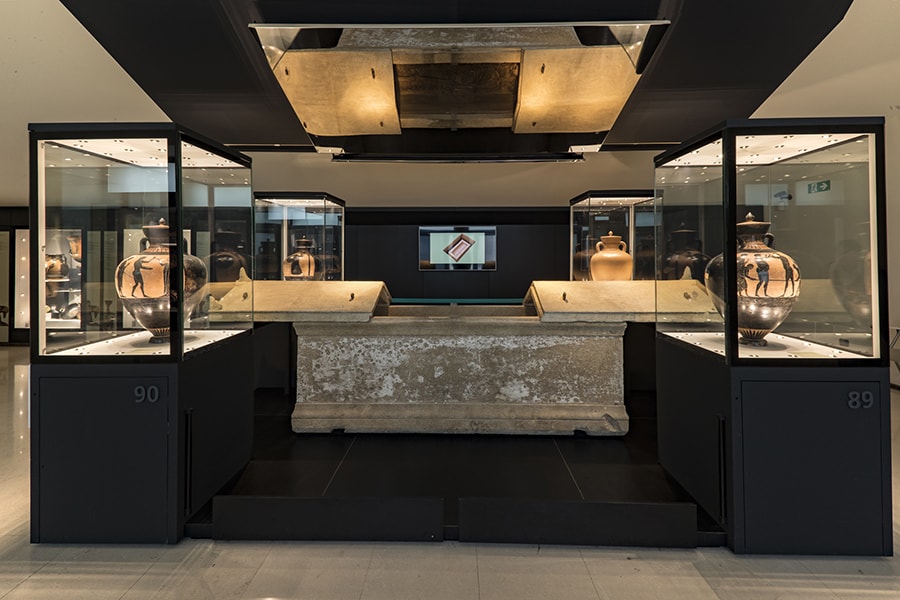
In-depth coverage of scientific activities
Archaeometric analyses
Among the various projects in progress it is worth recalling the project dedicated to the gold items in the Museum collections, which in collaboration with the Department of Mathematics and Physics of the University of Salento, have been subjected to chemical and physical analyses with the aim of studying their composition and of determining their thickness, so as to gain a better understanding of the manufacturing techniques used to make them.
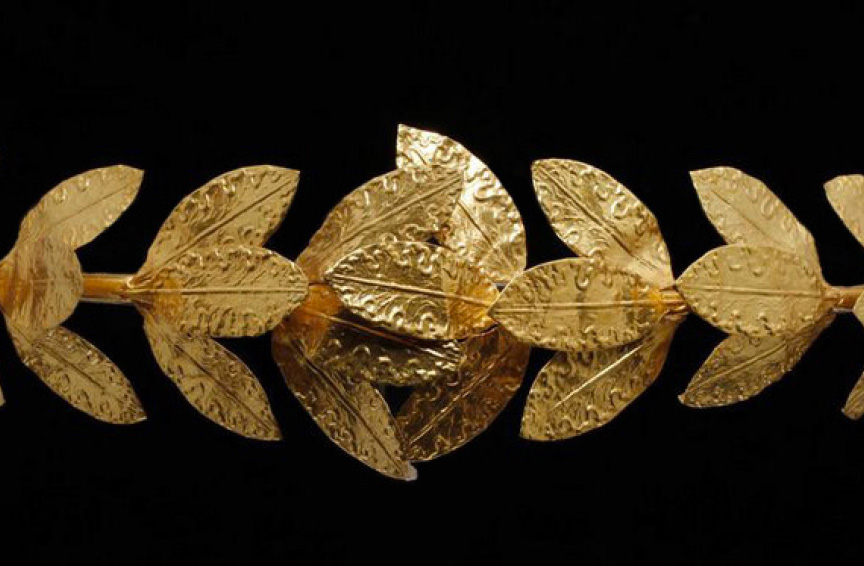
The FISH and C.H.I.P.S. Project
As part of its cultural policy, the Museum is a party to an Italy-Greece Interreg project in the capacity of associate partner. The project involves the Apulia Region, the University of Foggia, the Ionia University and the Eforia for the Antiquities of Corfu, Confcommercio Taranto and the Fishermen’s Association of the Port of Petriti (Corfu). The project is called F.I.S.H and C.H.I.P.S. (an ironic acronym that refers to a very advanced method of environmental and cultural protection and that stands for Fisheries and Cultural Heritage, Identity and Participated Societies). Its aim is to identify, enhance and conserve the tangible and intangible cultural assets of the coastal and marine heritage included in a stretch of the Adriatic and Ionian seas, pointing to the centrality of Apulia at that crossroads of commercial and cultural exchanges that was the heart of the ancient Mediterranean.
In addition to the revitalization of the multi-functional economies linked to sea resources – which also contributes to curbing the current socio-cultural and environmental degradation processes – and the experimentation of new integrated frontiers of tourism and cultural and environmental hospitality, linking the landscape assets to the cultural heritage of the territories through participatory instruments (ecomuseums, community maps, sharing of best practices), among the activities envisaged by the project there is also the organization of an exhibition on the relationships between Taranto and the sea at the National Archaeological Museum of Taranto.
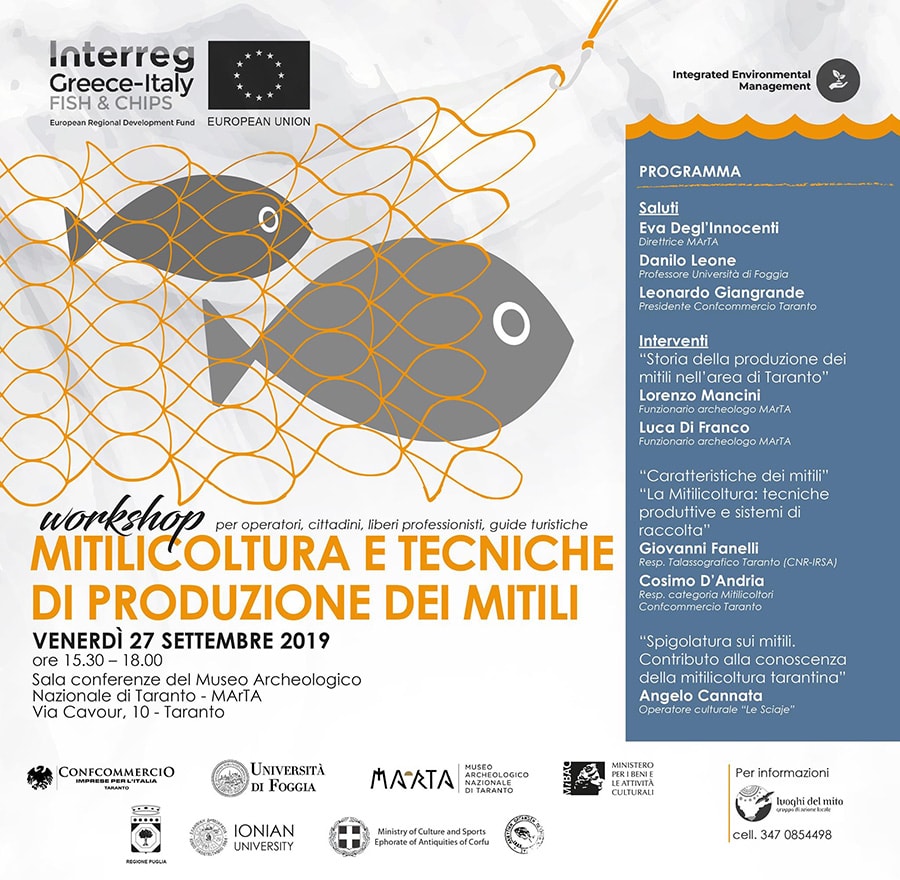
Exhibitions
Informing the public about the MArTA collections is another cornerstone of the Museum’s policy. This is done also through the organization of temporary exhibitions on its premises, where there is a dedicated space, and through events prepared in collaboration with both Italian and foreign museums.
The MitoMania exhibition, which is currently underway, helps visitors rediscover the long lost stories about men and heroes. Other initiatives are being planned to either bring to fruition works that have been newly restored or explore specific themes related to the collections held by the Museum.
During the Medimex, International Festival & Music Conference promoted by Puglia Sounds, organized for the first time in Taranto in 2018, the MArTA hosted the exhibition Kurt Cobain & Grunge: Story of a Revolution. On that occasion, the Museum hosted the international photo exhibition “Kurt Cobain and Grunge: story of a revolution”, with photographs by Michael Lavine and Charles Peterson, two of the greatest representatives of contemporary photography who are deeply involved with the world of grunge. The MArTA decided to take part in this international event, highlighting the identity link with the city and acting as an attractor for the territory. In the never-ending dialogue between past and present this was an opportunity to attract new types of audiences and to highlight some particular items and details linked specifically to music with an evocative eye on the exhibition.
Among the exhibits set up at the Museum mention must be made of “The rediscovery of The Appian Way”, promoted by the 2nd Division of the General Secretariat of the Ministry of Cultural Heritage and Activities, and Tourism as part of the project called “Appia Regina Viarum – Including the walk along the ancient Roman route of the Appian Way in a broader network of cultural offers”. The initiative, produced by the non-profit Italian Geographical Society and sponsored by the Department of Tourism and Cultural Industry of the Apulia Region, offered an itinerary to explore “the Queen of roads”, through photographs, videos and ancient and modern maps.
The first exhibition hosted by the Museum, “Another Me”, was an artistic project by “Rossocontemporaneo”: a moment of reflection and comparison between past and present, aimed at enhancing the values of Beauty, encompassing tradition and innovation, the soundness of the values of a classical, material and concrete Beauty and the ethereal values of the search for the Contemporary: fleeting presences that are never the same. All this in the expressive synthesis of seven artists with strong and consolidated personalities, young artists and masters, mostly from Taranto, who share the drive to look into the values of Identity in relation to the collective imagination, and who are all engaged in formal research with experiences that differ thoroughly from one another, but which at the same time are complementary. An exhibition linked to the Genius Loci (spirit of a place), because “Nullus locus sine Genio” (no place is without ‘spirit’) as was stated by Maurus Servius Honoratus, an ancient Roman grammarian. The Genius Loci as a natural and supernatural entity linked to a specific place or territory reaches out to us in the form of symbols, as historic memory and speaks to us through the re-reading of a different world, through different eyes.



